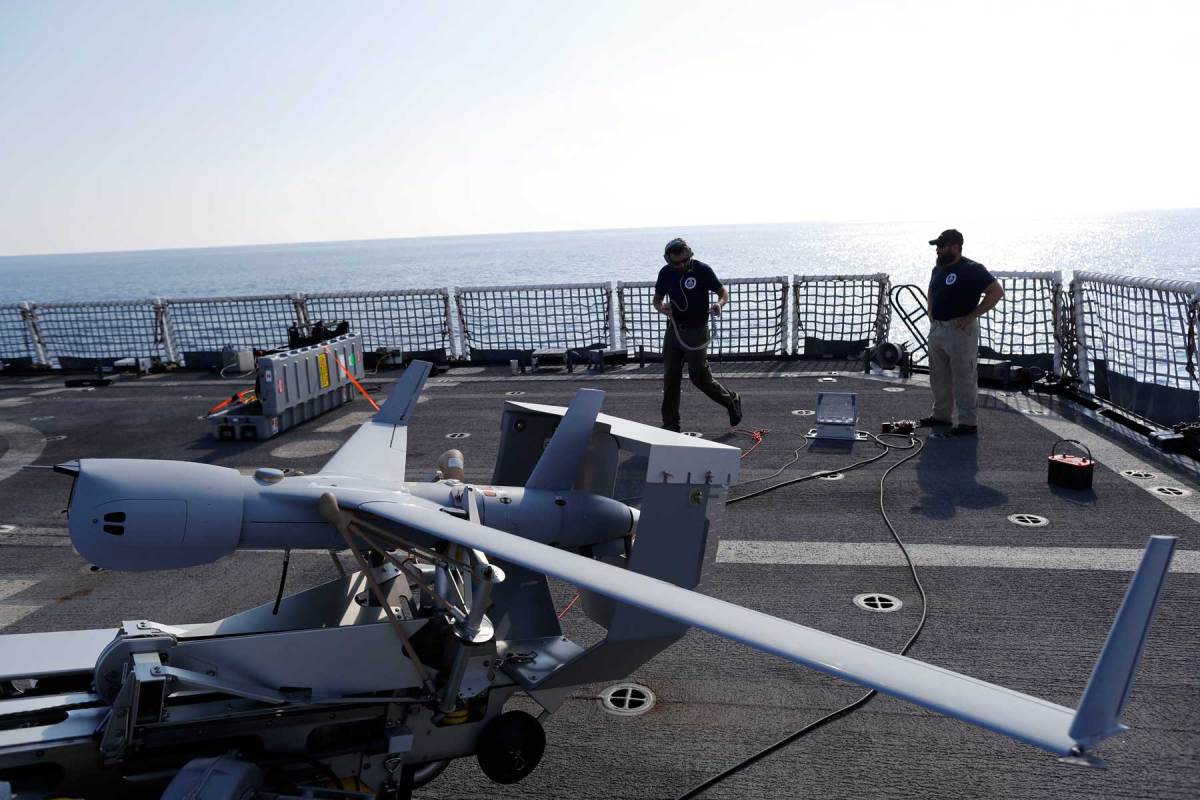The U.S. Coast Guard has deployed surveillance drones to help stop drug smugglers evading law enforcement out on the open ocean, per the MIT Technology Review.
While the Coast Guard intercepted 221 metric tons of the drug last year, that would only amount to a fraction of the 710 metric tons that authorities estimate were produced.
With only five Coast Guard ships to patrol six million square miles, the numbers aren’t in their favor. So, the service is turning to ScanEagle drones, which are launched from the decks of cutters, to improve drug interdiction odds.
On only its second day of use, a surveillance drone aboard the Coast Guard cutter Stratton spotted a ship carrying 700 kilograms of cocaine, the Associated Press reports.
Using the drones to increase the number of eyes watching the ocean could be an effective way to cut down on the infiltration of the drug. According to a 2017 State Department report, 97 percent of cocaine shipments bound for the U.S. leave South America via a covert fleet of non-commercial boats, from small fishing skiffs to makeshift submarines.
This article was featured in the InsideHook newsletter. Sign up now.
























